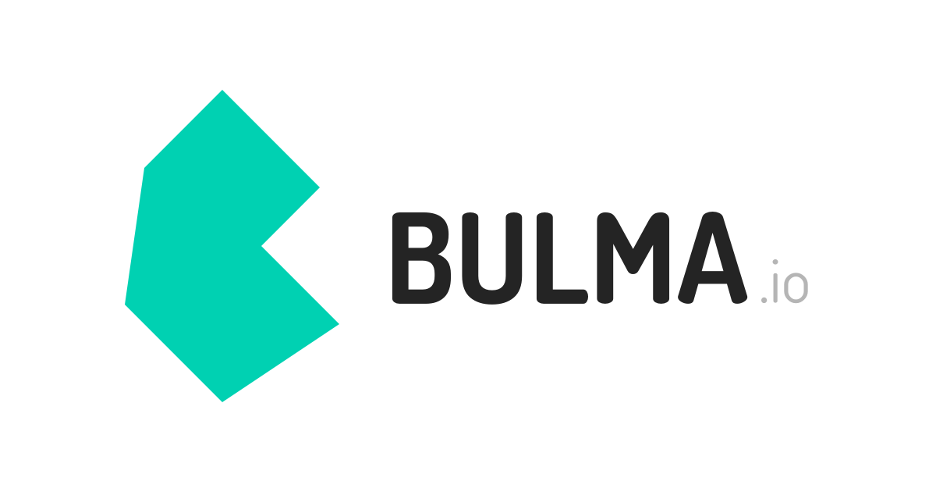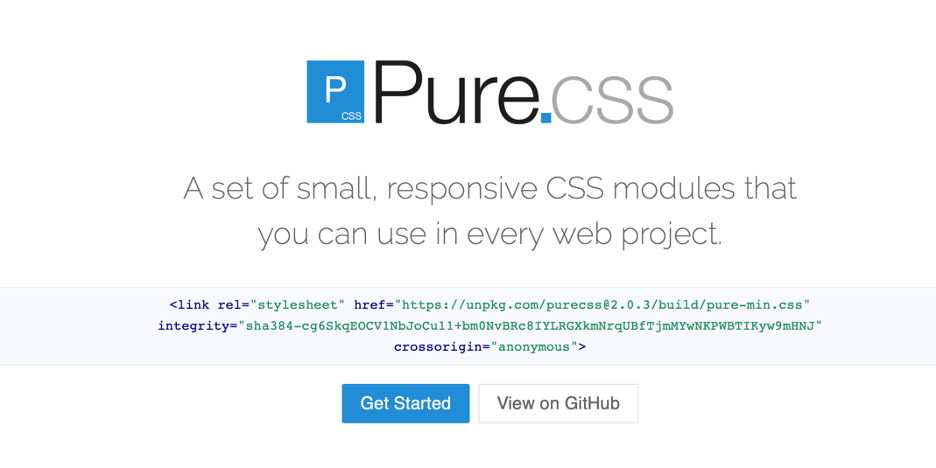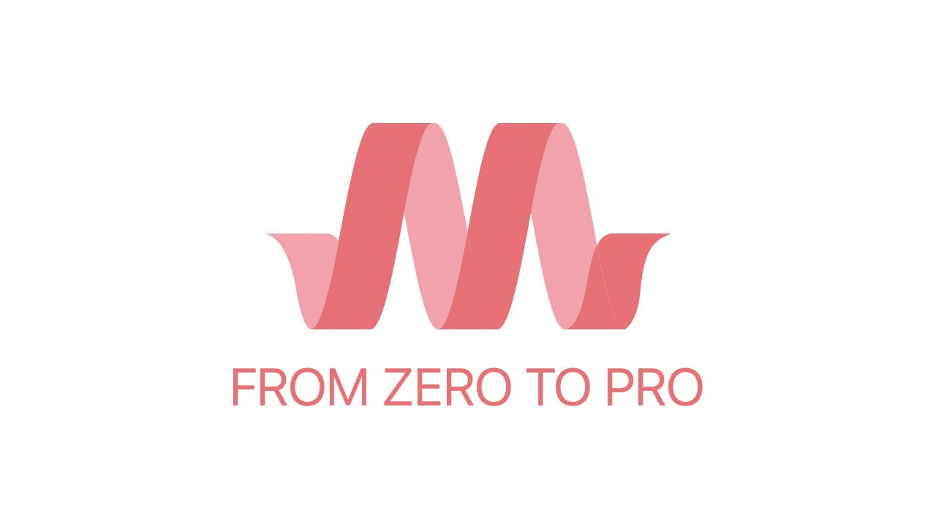Front-end web developers understand the importance of HTML, CSS, and JavaScript. All three technologies play a role in the software that powers the day-to-day lives of billions of people, and building smart, responsive solutions is critical to the health of the web.
But let’s not kid ourselves: frameworks make building things a lot easier. CSS plays a big role in the design and usability of websites, and offers a robust network of frameworks that web developers can tap into.
If you're a front-end developer on the hunt for a good CSS framework, here are five favorites to consider.
Bootstrap

Bootstrap is likely the most popular CSS framework, and for good reason. It’s easy to download, manageable via npm or RubyGems, and has thorough documentation. There are tons of pre-built themes, ranging from $39 for a landing page to $89 for a fully fledged startup website complete with direct sales capabilities.
It wouldn’t be incorrect to say Bootstrap is becoming its own platform, either. It has a CDN service which acts as an edge delivery network, and its own SVG icons pack for a more responsive web experience.
Within Bootstrap’s documentation is where its true power lies. Developers have access to a vast library of content providing a detailed look at both the code and output. All told, Bootstrap is excellent for beginners, and robust enough for seasoned developers, too.
Foundation

Where Bootstrap is more for general use, Foundation is making itself known as a framework for business. Subaru, Hewlett Packard, Barclay Bank, Perry Ellis, Disney, Amazon, and Pixar all use it for building websites.
Foundation shines with an eye on building HTML emails for readability on any device. Like any great CSS framework, Foundation is semantic, allowing you to create and manage stylesheets. It’s also highly customizable; if you don’t find Bootstrap’s more rigid framework appealing, Foundation may be just what you’re looking for.
If there’s one standout feature, it’s Foundation’s focus on education. It has three learning paths, from beginner to certified Foundation pro, which take you from best practices for using Foundation all the way through JavaScript customization and Sass.
Bulma

There’s a lot to like about Bulma. It’s completely free to use, responsive, lightweight, and focused entirely on CSS. Bulma is built on Mozilla’s MDN Flexbox module, which is just plain endearing.
There’s also a massive community associated with Bulma, which is downloaded about 170,000 per week via GitHub. Bulma is also its own package manager of sorts; you only download what you need, making it the most modular framework alongside its popularity.
We also love that Bulma is nothing but CSS. There’s no HTML, no JavaScript, and no siloed platform to be part of. If there’s a downside, it’s that Bulma is immature. It still hasn’t hit it’s 1.0 release yet, but that doesn’t seem to be stopping anyone form using it.
Pure

Remember Yahoo? Now Oath (or dead; we’re not sure what Verizon has done with Yahoo), the company was once a massive player on the web. In 2014, it created Pure, and… it’s actually pretty good.
A really lightweight framework, Pure is great for getting up and running with CSS quickly. It’s driven by responsive layout design, and is only 3.7KB when zipped. This makes Pure an excellent option for mobile-first developers, especially if you’re creating a progressive web app.
Like Bulma, Pure is modular, but lacks the community and excitement of Bulma. Pure is highly focused on a grid layout; those building robust websites may not find favor with Pure.
Materialize

Fans of Google’s Material Design styling will love Materialize. It is built with Material Design in mind, and follows that design language pretty strictly. For those who believe Material Design is the best path forward for the web, Materialize is an excellent option.
Materialize also leans into the 12-column layout ethos popularized by Bootstrap, making it a very familiar framework for those with Bootstrap experience. Materialize is highly focused on mobile, which is expected as it follows Google’s Material Design path, and leans into mobile features like drag-out menus almost religiously.


